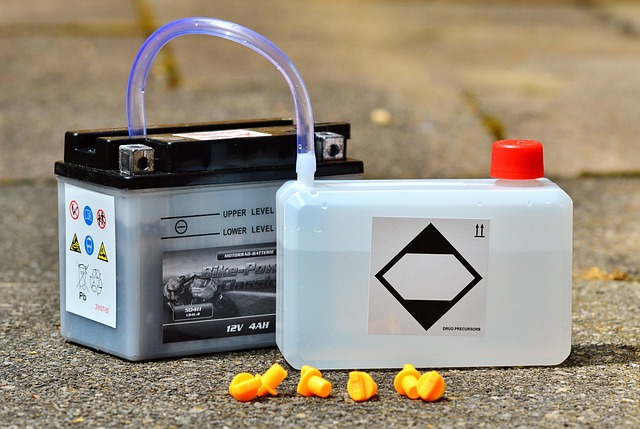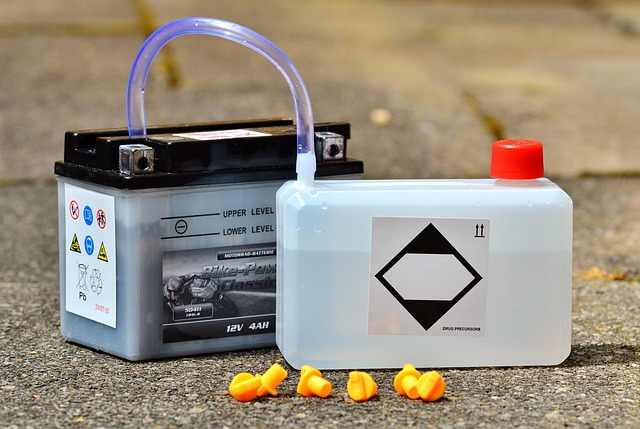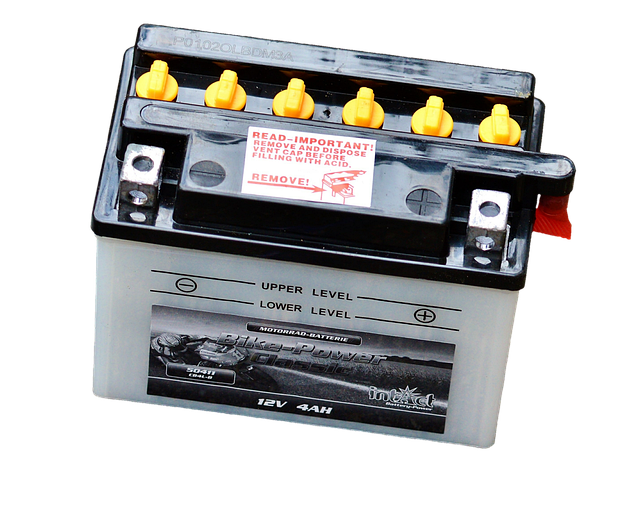The rise of electric cars in recent years has heralded a new era in the automotive world, steering traditional manufacturers and newcomers alike towards a cleaner, more sustainable future. As we traverse this electric highway, understanding battery lifecycle management becomes essential not just for manufacturers but for drivers who want to maximize the lifespan and efficiency of their vehicles.
Electric vehicles (EVs) are powered by robust and complex battery systems, which serve as the heart of the vehicle. Unlike traditional cars, where the combustion engine reigns supreme, the electric car relies entirely on the energy stored within these batteries. It’s crucial to understand that the performance, efficiency, and environmental impact of an EV are directly influenced by how its battery is managed throughout its lifecycle—from the moment it leaves the factory to its end-of-life disposal or recycling.
Battery lifecycle management encapsulates a variety of practices and strategies aimed at optimizing the use and performance of electric vehicle batteries. This encompasses everything from selection and production to charging, usage, maintenance, and eventual recycling. In car service centers, technicians are increasingly trained to handle EV batteries, ensuring they provide the necessary care and inspection to prolong battery life. This includes monitoring the state of charge, temperature levels, and balancing battery cells, all of which contribute significantly to the performance and longevity of car parts.
The journey of a battery begins at its manufacture, where raw materials like lithium, cobalt, and nickel are transformed into power cells that will eventually drive cars forward. However, as these materials are finite, adopting effective battery lifecycle management practices is vital. Innovations in battery chemistry and recycling processes not only reduce environmental footprints but can also alleviate the strain on natural resources.
One notable development in the realm of car news is the introduction of circular economy approaches in battery production. Manufacturers are finding ways to reclaim and repurpose battery materials, reducing the need for new mining and fostering a more sustainable lifecycle. This creates a significant impact, as it aligns with the broader goals of reducing pollution and greenhouse gas emissions.
Moreover, the performance of electric cars relies heavily on the condition of the battery, which makes regular servicing more critical than ever. Electric car owners should prioritize service appointments that focus not just on the typical aspects of car maintenance but also the unique needs of their battery systems. This proactive approach not just enhances the life span of the battery but can also improve overall vehicle performance, providing a smoother and more efficient driving experience.
As the electric vehicle market continues to expand, staying informed about battery lifecycle management will empower consumers to make wise decisions about their vehicles. Being knowledgeable not only enhances the understanding of how to maintain these advanced technologies but also encourages a sense of responsibility towards the planet. After all, maintaining the longevity of EV batteries doesn’t just benefit the driver; it benefits the environment as well.
In the quest for sustainable transportation, the convergence of technology and thoughtful management of resources defines the future of the automotive industry. As we navigate this electric highway, battery lifecycle management stands as a pillar of innovation, sustainability, and responsible driving, ensuring that electric vehicles not only take us places but do so in harmony with our planet.




